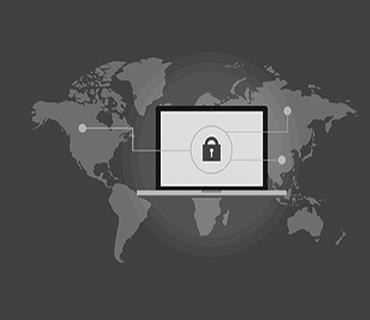When I started teaching cyber security five years ago, I had nothing. I didn’t have a curriculum and I didn’t have much background on the topic.
Full Story
When I started teaching cyber security five years ago, I had nothing. I didn’t have a curriculum and I didn’t have much background on the topic. What I had were the materials from the university because my students were dual enrolled in a cyber security course. There were challenges because the university course was lecture-based and only a one-semester class. My high school course was a full year and I wanted my class to be more hands-on.
The first year was tough; I watched videos, searched the internet, and worked to find lessons, activities, and resources to share with my students. There are a lot of materials available, however most were not age- or skill-appropriate for my students. It was also a challenge to find projects that we could do on our school computers without worrying our system administrators. Slowly, over time, the course got better, and I felt more confident with the materials I was using.
While I was teaching my classes, I became aware that the course was not well documented and the materials I was using were not collected and organized. I worried that if I were to leave the school, another teacher would have a difficult time teaching the course from the resources I would leave behind. When other teachers asked about my class, I didn’t have one spot I could point them to for ideas and resources to start teaching a cyber security course of their own. All I had at this point was a lot of loose resources and my experience on how to tie it all together.
In the summer of 2017, a local digital library in Omaha, the Do Space, offered a fellowship program for teachers. They accepted proposals to work for a summer on a project that would benefit the technology education community…and they would pay for your time. I received a fellowship to bring my disparate resources into one place. This allowed me to codify the work I was doing in my class and to share it with others. That same summer, I participated in a GenCyber camp at the University of Nebraska Omaha. The CS faculty running the camp posted all their materials in GitHub. I applied this idea for my curriculum as I put it together.
I think teaching cyber security is challenging but fun. When students are learning about cryptography, there are great stories to share. Cryptography is used to keep secrets, often when the stakes are high as in war or attempted assassinations. It is also practical knowledge in an increasingly digital world. Students want to know how their data is kept secure.
I am excited to see more teachers offering cyber security as a new course in their schools. This is one of the fastest growing areas of IT and something that students are excited to learn about.
I shared my work in a session last summer at the 2018 CSTA Annual Conference. As a result, many teachers have told me that they are using my curriculum for their courses. This summer, I will present workshops in Nebraska and Indiana, as well as in Phoenix at the 2019 CSTA Conference. I hope you will join me in the Cyber Security High School Curriculum workshop on Monday, July 8, from 9 a.m. to noon.
Resources
The Code Book by Simon Singh
Cyber Security: A curriculum for high school by Derek Babb
About the Author
Derek Babb is a high school computer science teacher in Omaha, Nebraska. He is particularly interested in equity and access to CS courses for K–12 students. He will present at CSTA 2019, on Monday, July 8, in the workshop Cyber Security High School Curriculum.

